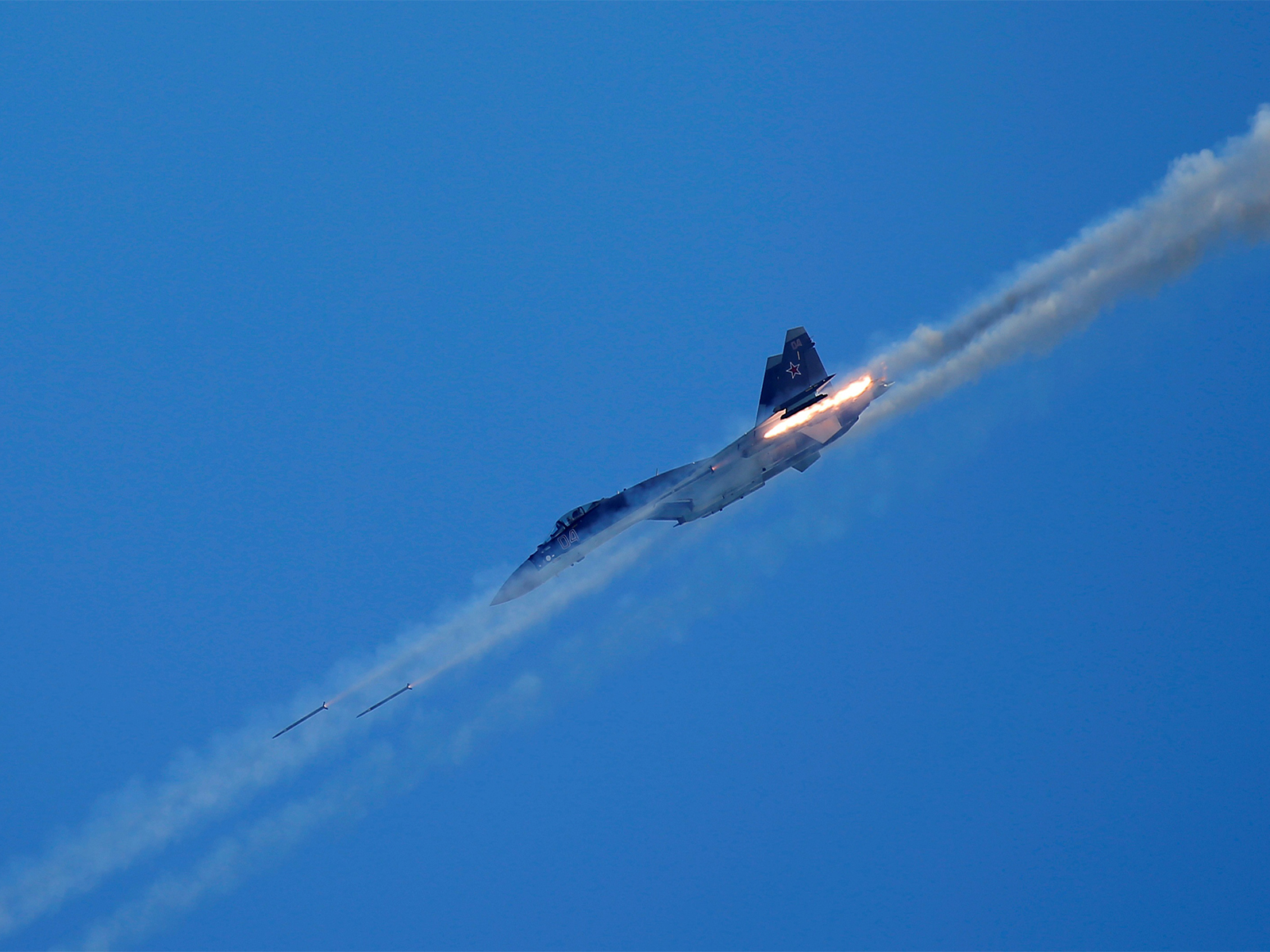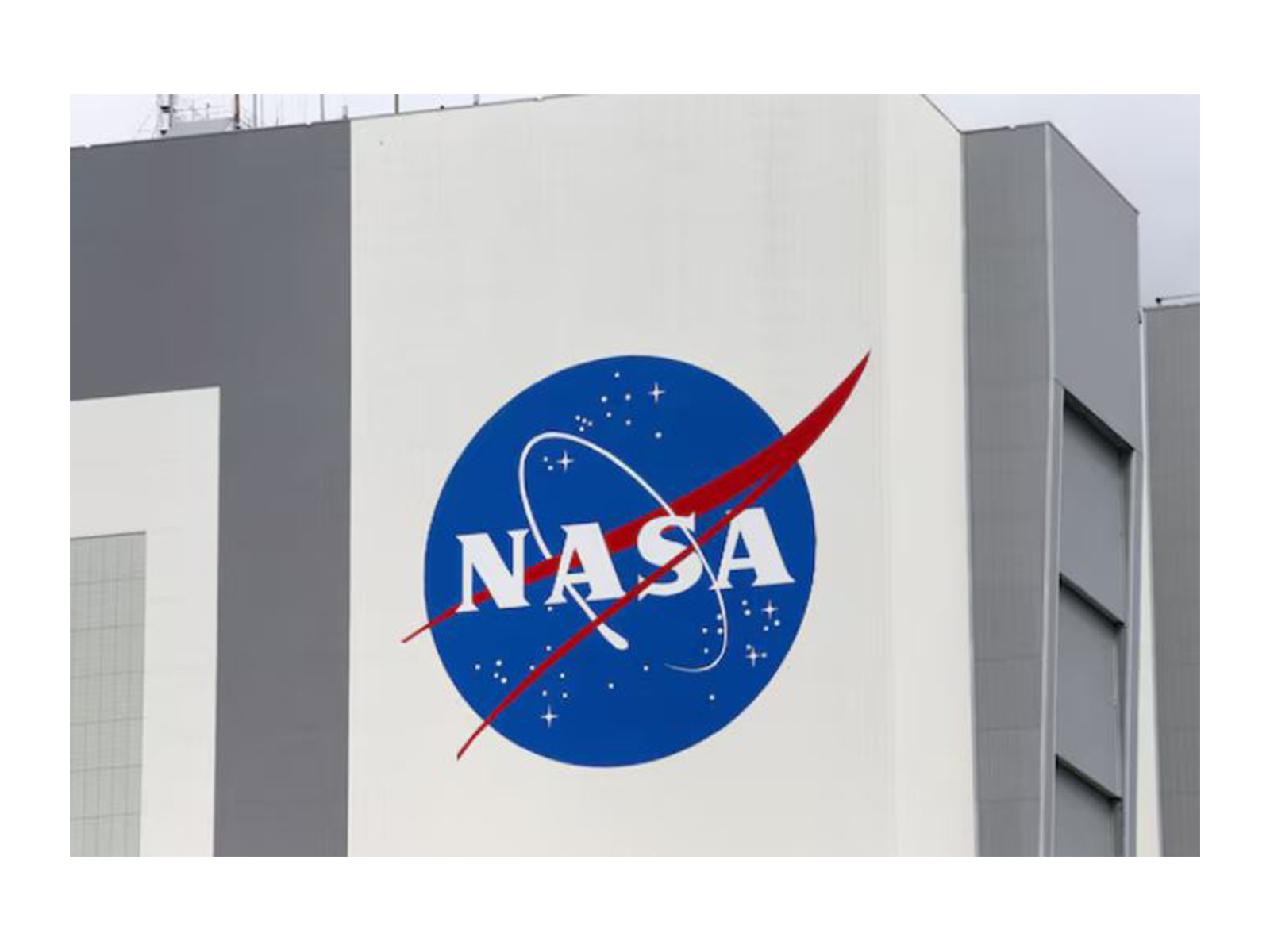
NASA launches mission to study Earth's mysterious halo
Sep 28, 2025
New York [US], September 28: The Carruthers Geocorona mission will capture images of the 'halo', invisible to the naked eye, emitted from the planet's outer atmosphere in response to sunlight.
Universe Today magazine reported on September 27 that the US National Aeronautics and Space Administration ( NASA ) has just launched a special mission to study the
NASA's new Carruthers Geocorona mission will capture images of the invisible "halo." This faint glow is emitted by the planet's outermost atmosphere, the exosphere, in response to sunlight.
The observatory was launched on the evening of September 24 (local time) by a SpaceX Falcon 9 rocket from Cape Canaveral in Florida. This mission will accompany NASA
From there, the observatory will monitor the Earth's upper atmosphere, looking for a "halo" visible only in ultraviolet light. This phenomenon, called the geocorona, begins about 300 miles above the Earth's surface but extends as far as about halfway to the moon. The new observatory will operate for two years.
In April 1972, Apollo astronauts placed a crude ultraviolet camera in the Cartesian Plateau on the moon. The pictures it took of the 'Earths
After more than 50 years, his dream of launching a device that could capture that complete image is finally about to come true.
The new camera is much more advanced than his original, representing 50 years of advances in ultraviolet imaging technology. It will be equipped with both a wide-angle and a macro lens. The wide-angle lens will capture the entire exosphere, while the macro lens will provide details of interactions with the lower atmosphere and particles from the sun.
Source: Thanh Nien Newspaper








